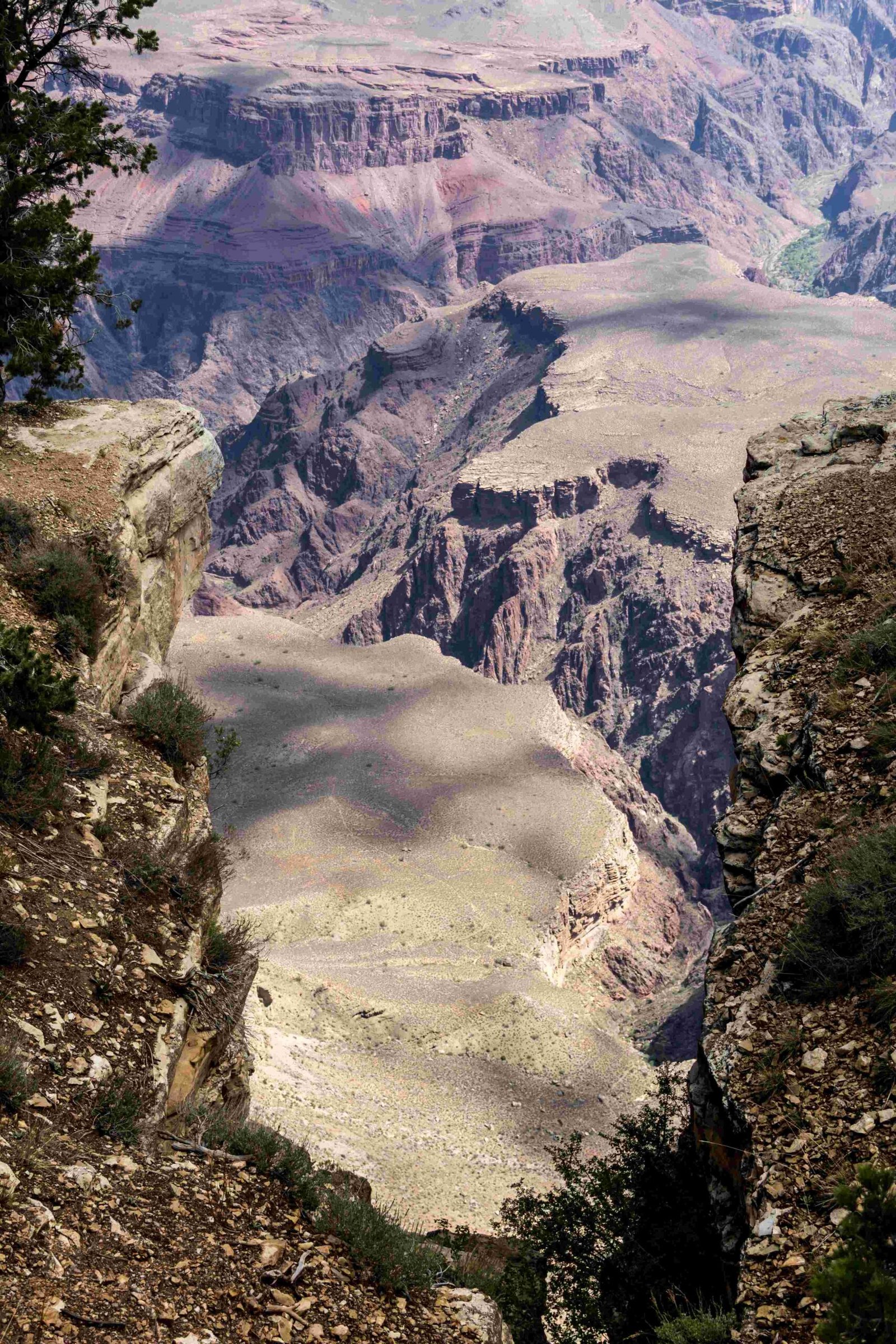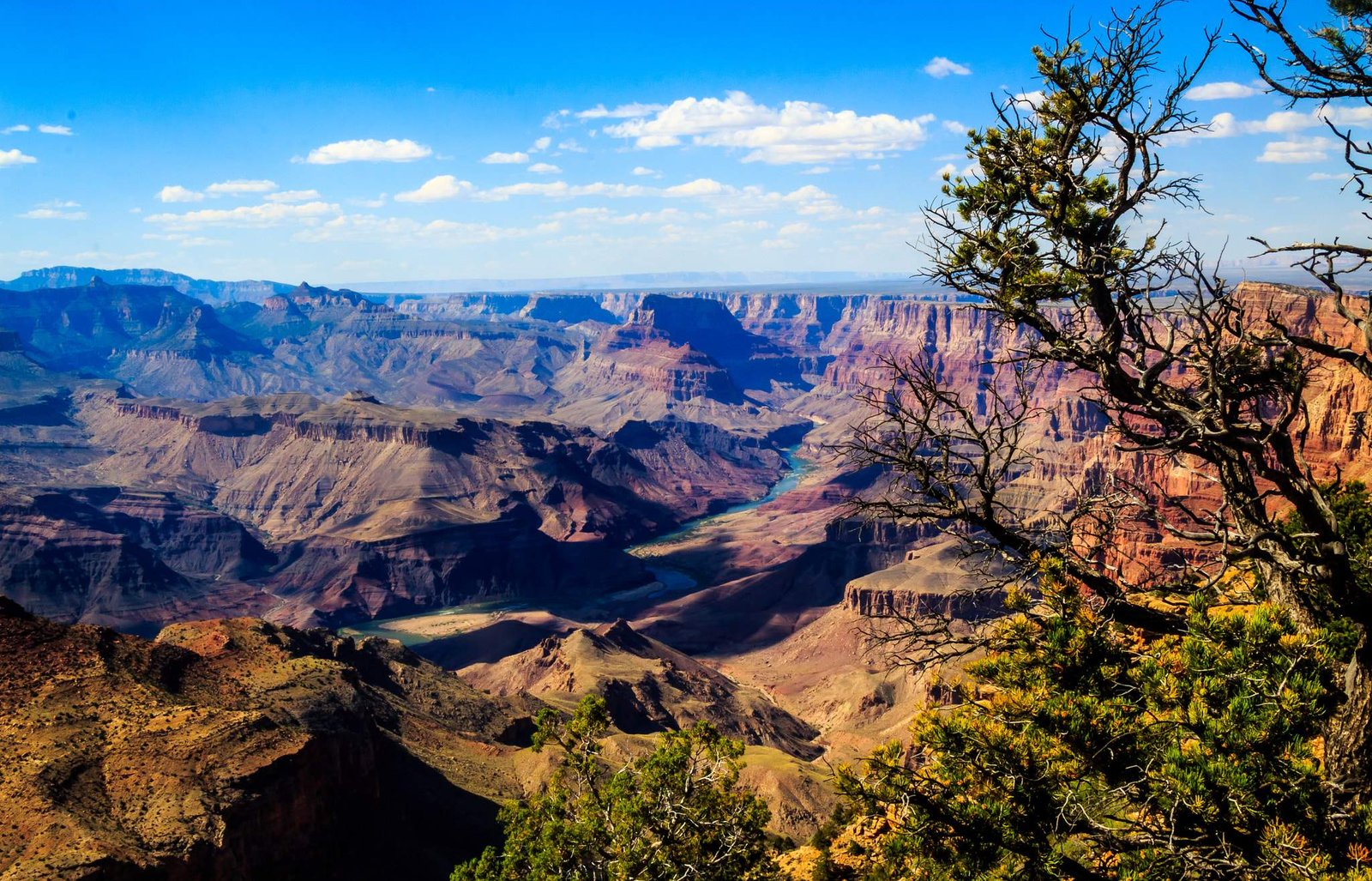The Grand Canyon’s rock layers represent an extraordinary geological timeline spanning nearly two billion years, revealing a complex narrative of Earth’s transformation through sedimentary deposits, tectonic movements, and environmental changes. These stratified rock formations, ranging from ancient Precambrian basement rocks to younger Paleozoic sedimentary layers, provide a remarkable window into our planet’s geological evolution.
What Are the Primary Grand Canyon Layer Names?

Paleozoic Sedimentary Layers: A Detailed Exploration
The Grand Canyon’s rock layers are a testament to geological complexity, with each stratum telling a unique story of environmental conditions and geological processes. Let’s dive deep into these fascinating formations:
Upper Rock Layers
| Layer Name | Age (Million Years) | Composition | Primary Characteristics |
|---|---|---|---|
| Kaibab Formation | 270 | Limestone | Shallow sea deposit |
| Coconino Sandstone | 280 | Sandstone | Aeolian sand dune origin |
| Hermit Formation | 285 | Shale/Sandstone | Mixed terrestrial environment |
Supai Group Layers
- Esplanade Sandstone
- Age: 290 million years
- Deposited in fluvial and deltaic environments
-
Represents transitional geological periods
-
Wescogame Formation
- Age: 300 million years
- Composed of sandstone and shale
- Indicates complex depositional environments
How Do Precambrian Rocks Contribute to Grand Canyon’s Geological Story?
The foundation of the Grand Canyon is formed by ancient Precambrian rocks, including:
- Vishnu Schist: Approximately 1.75 billion years old
- Zoroaster Granite: Metamorphic basement rock
- Chuar Group: Representing Neoproterozoic geological periods
What Makes the Redwall Limestone Unique?
The Redwall Limestone, dating back to approximately 340 million years ago, is a critical layer in the Grand Canyon’s geological narrative:
- Deposited in deep marine environments
- Rich in marine creature fossils
- Distinctive gray to bluish-gray color (often appearing reddish due to iron oxide staining)
Geological Significance of Layer Formations
The Grand Canyon’s layer names reveal critical information about:
- Paleoenvironmental conditions
- Sea level fluctuations
- Tectonic activities
- Climate changes throughout geological time
Identifying Rock Layers: Key Strategies
Geologists use multiple techniques to identify and understand Grand Canyon layer names:
- Color variations
- Fossil content
- Mineral composition
- Stratigraphic relationships
- Radiometric dating methods
Challenges in Layer Exploration
Exploring these geological layers presents unique challenges:
– Extreme temperature variations
– Rugged terrain
– Complex geological structures
– Limited accessibility in certain areas
Conclusion

The Grand Canyon layer names represent more than just rock formations; they are a living geological archive documenting Earth’s incredible transformation over billions of years.
